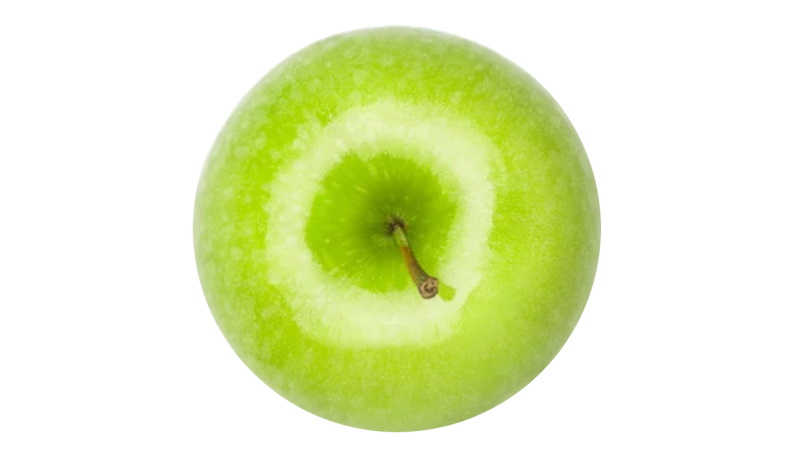For the Sake of All Agriculture: Save Our Extension System [Opinion]
Each year, I ask researchers and Extension agents a telling question in American Vegetable Grower’s annual State of the Vegetable Industry Survey: In the past three years, has your organization eliminated a staff position when someone retired or quit?
Three years ago, 43% said yes. That dropped to 33% in 2020, then down to 29% last year. If you don’t consider what the question is, the trend is in the right direction. But in reality, it’s devastating. That’s a lot of much-needed talent just fading away.
We’re facing a time when we need these allies more than ever. As water grows scarce in some parts of the country, we need insight into how plants can tolerate less-than-ideal water sources. Or take new-to-you pests, invading due to warming temperatures. Or five dozen more challenges that benefit from expert help.
The backbone of this expertise is their well-run studies. No one study answers all questions on a challenge. The scientific method won’t allow it. To learn something you can have confidence in, you need to have a very narrow focus, control all the variables as much as you can, then run trials that stretch your understanding of that one concept.
To truly understand how the industry can improve, it takes dozens of separate studies, each one assessing a different, minute aspect of an issue. That’s true for controlling insects, soil health, inputs, and different production methods.
That means each time we lose a university ag position, we’re also losing future research.
Other Countries Take the Lead
With a weakening U.S. system, other countries are stepping forward. Luckily, the scientific community believes in sharing their work with one another. For now.
Here’s a good illustration of America’s shrinking role in international agriculture. With the new ag order for California’s Central Coast that’s tracking area operations’ nitrogen use in mind, I did a Google Scholar search for recent studies on nitrogen use in agriculture.
After all, as these new restrictions take hold, it’s vital for you to understand what really works as a substitute or how far you can push crops without applying fertilizer.
But when I used the search term “nitrogen in vegetable crop production,” Europe, Japan, and China are leading the way. After three pages of returns, the closest I got to a U.S. study was from the U.S. territory of Samoa, which cooperated in an Aussie study.
The next time your Extension agent asks if you would be willing to either write a letter of support or allow a study to take place on your operation, I hope you will step forward and help save our researchers.
The 2022 State of the Vegetable Industry Is Now Open!
Oh, One More Thing
I mentioned going through three pages of studies on nitrogen use in production. Curious about some of the 2022 studies I found? Here’s a sampling.
- CsIVP Modulates Low Nitrogen and High-Temperature Resistance in Cucumber (China) explores the mechanisms of plant response to stress, specifically leaf and vascular changes. Researchers found Cucumis sativus Irregular Vasculature Patterning (CsIVP) would make a good target of future work on nutrient-deficient plant breeding.
- Use of Digestate as Organic Amendment and Source of Nitrogen to Vegetable Crops (Portugal) studied how well “solid fraction” of a livestock byproduct called digestate worked as an amendment. They found digestate can replace part of nitrogen fertilization.
- Influence of Various Composted Organic Amendments and Their Rates of Application on Nitrogen Mineralization and Soil Productivity Using Chinese Cabbage as an Indicator Crop (Samoa, Papua New Guinea, Bangladesh, Australia) assessed the performance of locally available (in Samoa) substitutes to nitrogen like giant taro, lawn grass, macuna, and others. Researchers used Chinese cabbage as an indicator crop. Macuna had the best results of acting as a replacement for mineral nitrogen.










